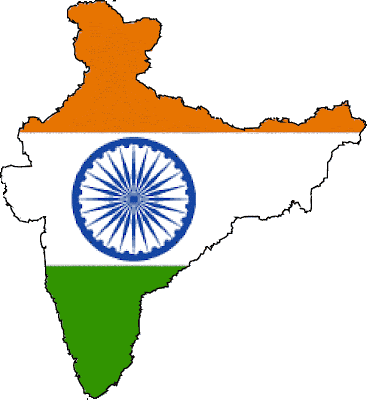Outside the old shala in Lakshmipurim, Mysore.
I just finished reading The Happiness Project, by Gretchen Rubin, and one thing that struck me
from her many insights was a really simple idea about identifying passions.
Think about what you enjoyed doing when you were 10 or 11
years old. That’s probably your
passion.
This is not what your parents thought you should be doing,
or what your friends did, but what you honestly liked spending your time on.
For Gretchen, it was always writing and journaling, and though she spends her
life as a professional writer now, it took some time for her to realize that
her passion and her deepest joy is really in books and writing books.
I began to think about my passions and why I was really here
in India. It’s harder than you might expect, because, as Gretchen points out in
her book, a lot of our ideas about ourselves are actually things we think we should be doing. (ie: We think we should love
listening to Jazz, art and fine dining, when what we are actually truly happy
and passionate about is a little less exotic or classy sounding: staying home
to read, 80’s pop music, cartoons.)
I thought about yoga, the practice to which I have devoted
my life and the reason I’ve traveled to India twice in the past year, and
wondered if the seeds of my practice were in fact planted long before I took my
first class at age 16. Suddenly I was struck with memories of me as a child
(something I don’t actually have much of)…
At age 10, I loved the
idea of travel and I loved reading
about different cultures. There was a period of time where I completely
immersed myself in studying ancient Egypt. I had book after book on the
subject, I would play outside in elaborate ancient Egyptian fantasies, I
pretended to learn to write in hieroglyphics and I even dressed up as Cleopatra
for Halloween (mom, let’s see if we can find a photo!)
I had the same deep interest in Japanese culture. I played
in tea ceremonies, wore kimonos, almost perfected origami, and created homemade
sushi with my dad (I think we still have the sushi roller).
Coming home after school around 3:00 or 4:00pm, I’d be
thrilled that I’d just made it in time for my favorite TV show: Lonely
Planet Globe Trekker. I was obsessed with
that show. I soaked up any and every country the hosts (Ian and Justine were my
favorites) traveled to: India, Greece, Australia, Cambodia, Thailand…I loved
them all.
So I thought back to the original question: why I am here in
Mysore? The answer for me, is seeped in my true passions, which are more
complex than just ‘I like to travel.’ I’ve always longed for immersion into
cultures other than my own. I longed to feel included in practices that are
foreign to me. I love the idea of learning something from the masters.
A few years after I began practicing yoga, I realized I
wanted to learn yoga from Indians. I wanted to understand the culture it comes
from. I wanted to see India, to feel its pulse and to understand how this very
Indian practice translates to me.
A lot of adults I know think that high school or college
were the best years of their lives. I am shocked when I hear this. Being an adult has meant, for me, the beginning of
the realization of my passions. My yoga practice is a mirror, a tool, I am
using daily to connect with my passions, while creating stillness and stability
in me at the same time.
And that’s why I’m in Mysore.
What’s your passion?






























